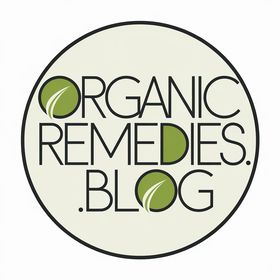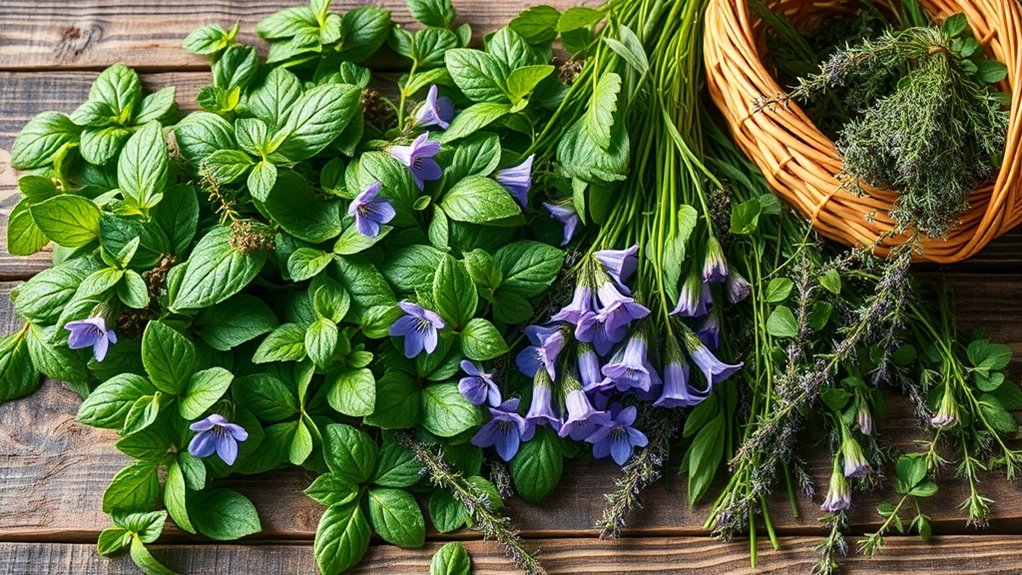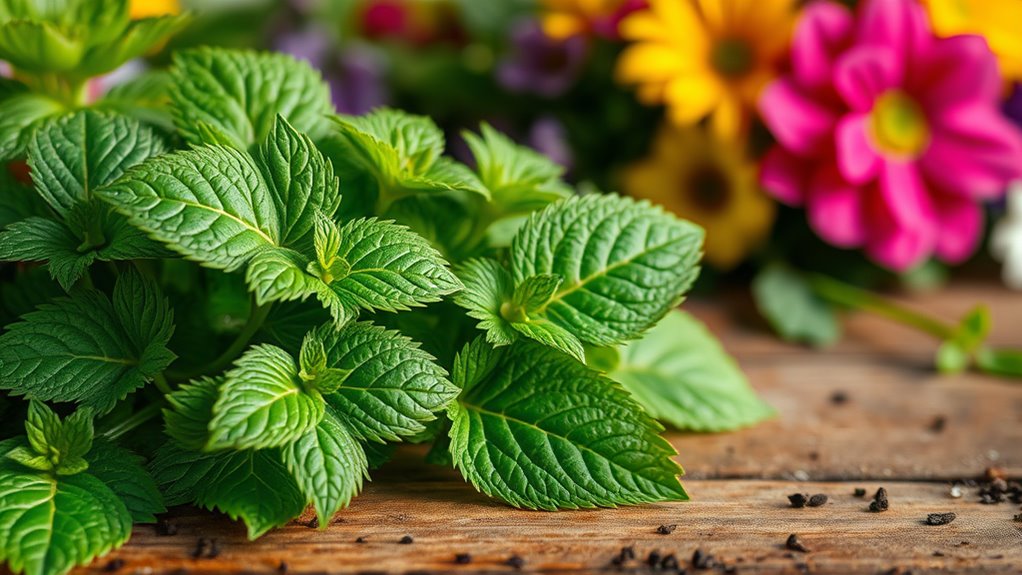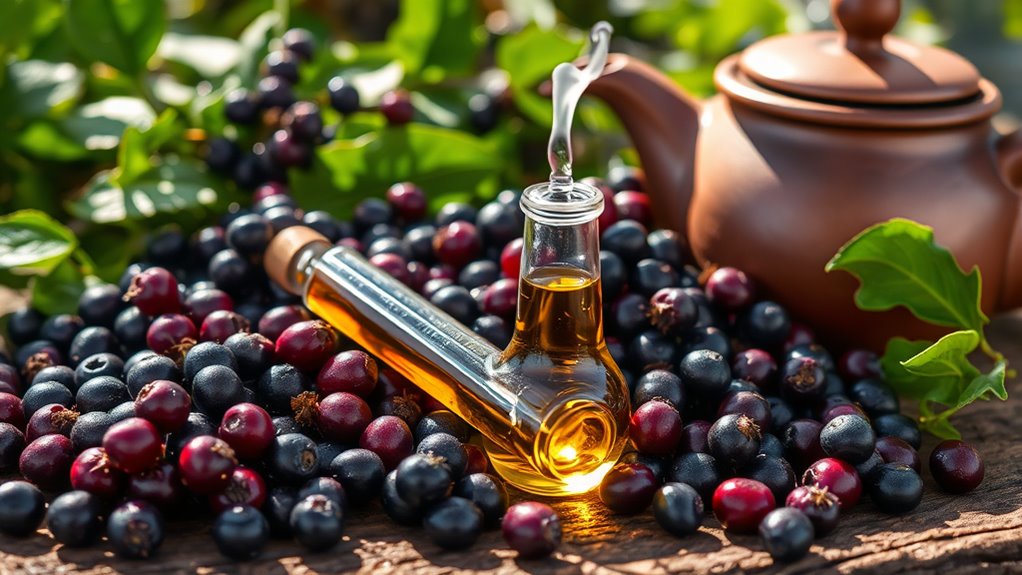Wild Herbs That Heal – Forage Your Way to Better Health
Foraging for wild herbs is a great way to boost your health and reconnect with nature. Common herbs like dandelion, nettles, and yarrow are not only nutritious but also have healing properties. These herbs can enhance your meals and serve medicinal purposes, such as reducing inflammation or aiding in wound healing. Just remember to identify them accurately and harvest responsibly. There’s a wealth of knowledge to gain about their preparation and usage.
Identifying Common Wild Herbs
When you’re exploring the great outdoors, it’s exciting to discover wild herbs that not only add flavor to your meals but also boast healing properties.
For effective wild medicinal herbs identification, look for key characteristics like leaf shape, flower color, and growth habit. Familiarize yourself with common varieties like dandelion and plantain to enhance your foraging experience and enjoy nature’s bounty safely and confidently.
Health Benefits of Foraging
Foraging not only reconnects you with nature but also offers a wealth of health benefits that can enhance your overall well-being.
By venturing into the wild, you can:
- Boost your nutrient intake through fresh, wild herbs.
- Improve mental health by reducing stress and anxiety. Incorporating herbal teas into your routine can provide calming effects and support emotional wellness.
- Engage in physical activity, promoting cardiovascular health.
Embrace foraging as a means to nourish both body and mind!
How to Safely Harvest Wild Herbs
To ensure a successful and safe herb-harvesting experience, it’s essential to familiarize yourself with the plants in your area before heading out. Remember to identify edible herbs accurately, respect local regulations, and avoid overharvesting. Use gloves and clean tools for the best results.
| Herb Name | Best Harvest Time | Identification Tips |
|---|---|---|
| Dandelion | Spring/Summer | Tooth-edged leaves |
| Nettle | Spring | Stinging hairs |
| Chickweed | Spring | Small white flowers |
Preparing Wild Herbs for Use
Preparing wild herbs for use involves several key steps to maximize their flavor and medicinal benefits. Follow these guidelines:
-
Wash thoroughly: Rinse herbs to remove dirt and insects.
-
Dry properly: Pat them dry with a clean cloth or air-dry to prevent spoilage.
-
Chop or bruise: This releases essential oils and flavors, enhancing their potency.
With these steps, you’ll enjoy the full potential of your foraged treasures.
Popular Wild Herbs and Their Uses
Once you’ve prepared your wild herbs, it’s time to explore some of the most popular varieties and how they can benefit you. Here’s a quick guide:
| Herb | Benefits | Common Uses |
|---|---|---|
| Dandelion | Rich in nutrients | Salads, teas |
| Nettles | Anti-inflammatory properties | Soups, stews |
| Chickweed | Skin soothing | Poultices, salads |
| Yarrow | Aids in wound healing | Infusions, poultices |
Incorporating Wild Herbs Into Your Diet
Incorporating wild herbs into your diet can elevate your meals while boosting your nutrition.
These herbs are packed with vitamins and unique flavors, making them a fantastic addition to your cooking.
Plus, with a few easy foraging tips, you can find these nutritious gems right in your own backyard.
Nutritional Benefits Overview
While you may think of your kitchen as just a place for cooking, it can also be a treasure trove of nutritional benefits when you incorporate wild herbs into your diet.
Here are three key advantages:
-
Rich in Vitamins: Many wild herbs are packed with essential vitamins that support overall health.
-
Antioxidant Properties: They help combat free radicals, protecting your body from oxidative stress.
-
Anti-inflammatory Effects: Wild herbs can reduce inflammation, promoting better well-being.
Easy Foraging Tips
Foraging for wild herbs can be a rewarding way to enhance your diet with nutrient-rich ingredients directly from nature.
Start by researching local edible plants and their habitats. Use a guidebook or app to identify them confidently.
When harvesting, be mindful of sustainable practices; only take what you need.
Incorporate these herbs into salads, soups, or teas for a flavorful health boost!
The Importance of Sustainable Foraging
When you go foraging, practicing ethical harvesting is crucial to maintaining the health of our ecosystems. By being mindful of how much you collect and where you gather, you help preserve biodiversity for future generations.
Sustainable foraging not only benefits the plants you love but also supports the intricate web of life around them.
Ethical Harvesting Practices
As you explore the world of wild herbs, understanding ethical harvesting practices becomes essential for ensuring the sustainability of these natural resources.
Follow these guidelines to forage responsibly:
- Harvest only what you need, leaving a significant population behind.
- Avoid overharvesting plants; take small amounts from multiple locations.
- Use tools that minimize damage to the ecosystem.
This way, you contribute to the health of our environment.
Biodiversity and Ecosystem Health
Biodiversity thrives when natural habitats remain undisturbed, enabling various species to coexist and promote ecosystem balance.
When you forage sustainably, you help preserve these delicate systems. Each herb you collect plays a role in the web of life, supporting pollinators and soil health.
Your mindful practices can ensure that future generations will also benefit from nature’s bounty, protecting vital ecosystems and their inhabitants.





